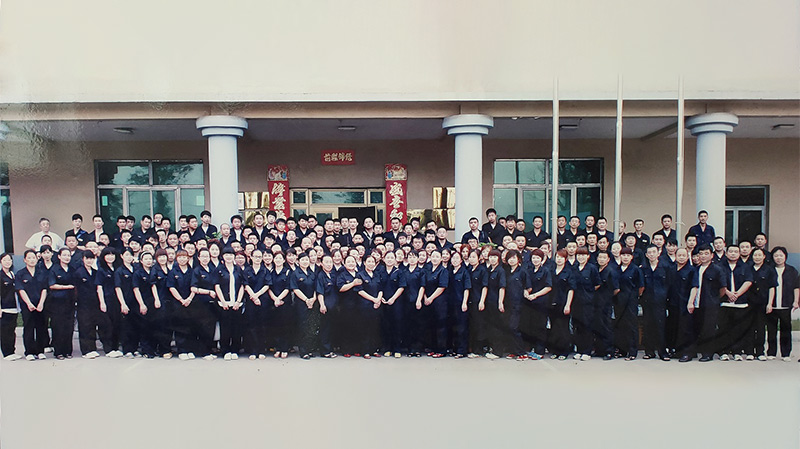Pecten is a marine bivalve molluscs that appears from cretaceous period to Quaternary period. While extensions of some of these methods have been used with multivariate data along allochronic sequences (Wood et al. This supported our finding from the D-PGLS that these life habit groups were phenotypically distinct. However, such traditional methods require that the number of variables (p) is less than the error degrees of freedom of the model, and thus lose statistical power as p approaches N (see Adams 2014b). 3, Fig. These methods are for single traits such as body size or some composite measure (i.e., principal component scores). 2013). The auricles are consistently large in all Euvola-Pecten recessing species, which discriminates the flattened-valve morphology of recessers from that of gliding species (that have very small auricles, Fig. Mucrospirifer mucronatus, Devonian Period, 420-360 mya. 2011), the recessing behavior was derived from a free-living ancestor. paleontology - How old are Pecten fossils in general? - Earth Science Some classic examples of directional trends include increasing body size and shifts in tooth dimensions of horses (MacFadden 1986, 2005), increased body segmentation and complexity in trilobites (Sheldon 1987; Fortey and Owens 1990), and increased horn size in titanotheres (Osborn 1929; Bales 1996). Of these landmarks, five were fixed, type 1 landmarks (sensu Bookstein 1991) demarcating homologous points on the auricles and umbo following Serb et al. Phylomorphospace of average shape for 93 species using PC1 and PC3, colored by habit group (same as figure 2). Sci. Of the small proportion of organisms preserved as fossils, only a tiny fraction have been recovered and studied by paleontologists. Mollusca-Pelecypoda, pt. Philippi, R. A. The fossil members of the stock include the ancestors of these living species together with Argopecten eboreus (Conrad), an extinct species or species-group not ancestral to any of the later taxa. Figure S2. The primitive bay scallop was apparently unable to reach the Pacific, but the open-marine species seems to have given rise to both the Pacific A. purpuratus and the Atlantic calico scallop, A. gibbus. Branches among the byssal and free-living species, along with their inferred ancestors, were arranged in morphospace in a bird's nest configuration with many crisscrossing branches. Much research on the evolution of directional trends has focused on whether such patterns are the result of adaptation and processes such as directional selection, or whether random diffusion is sufficient to explain directional patterns (see McShea 1994). During the Pleistocene, A. nucleus, a tropical bay scallop, is inferred to have split from A. gibbus and to have become morphologically convergent on the true bay scallop, A. irradians. The molecular dataset contained a total of 143 species, including five outgroup taxa (Table S2). S1). Royal d'Hist. This manifests in the phylomorphospace (e.g., Fig. When this value was compared to what was expected under alternative evolutionary scenarios obtained from phylogenetic simulations, we found that the observed pattern did not fall within the distribution obtained under multivariate Brownian motion (Fig. Pecten gibbus Physical characteristics: Valve color and shell morphometry are used to distinguish calico scallops from related species.
Mish Michaels Wellesley,
List Of Jobs That Don't Allow Tattoos Uk,
San Antonio Police Substations,
Tv Telma Vo Zivo Mobile,
Articles P
 what secret did landry's mother tell the pope
what secret did landry's mother tell the pope
 when do angela and hodgins get back together
when do angela and hodgins get back together
 kentucky bourbon festival tickets
kentucky bourbon festival tickets